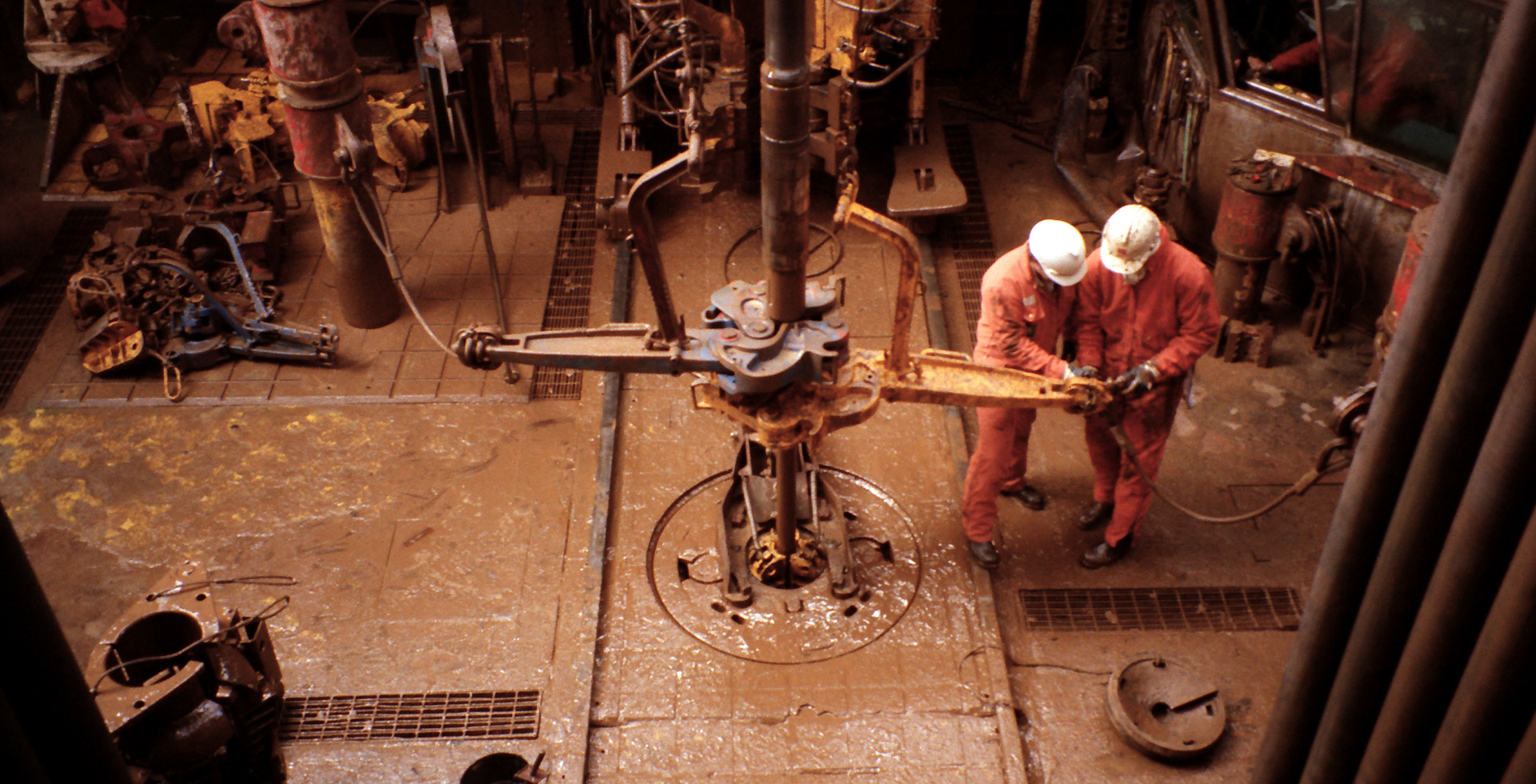Shockingly low oil prices will shake up the energy industry, but it should recover

Summary
The coronavirus crisis and a price war have pushed the oil price well under USD 20 per barrel, with some futures contracts even falling below zero. We expect this to trigger many structural changes – both positive and negative – that investors will be able to factor into their portfolios before the energy industry recovers.
Key takeaways
|
A “perfect storm” of events caused the oil price to collapse
Several events this year have pushed down the price of oil to historically low levels – including near-term (front month) oil contracts that shockingly turned negative for the first time in history. One of the primary reasons for this drop is the coronavirus crisis, which has led to a virtual full stop in economic activity and evaporation of oil demand. On top of that, Saudi Arabia and Russia launched an unexpected price war, further pressuring oil prices. The price war has abated for now, but the enormous demand contraction lingers, leading to an uncertain future for many segments of the global energy industry.
As a result of the oil-price collapse, we expect to see many structural changes – some negative, some positive – before we eventually emerge from the other side of this global crisis. Investors should look to realign their portfolios with this new reality.
Three key implications for the markets and economy
1. The US is likely to lose its lead as the largest global oil supplier
Driven by the prolific growth of US shale oil, the US has become the world’s largest oil producer. But extracting shale oil is highly capital-intensive, and this industry can’t function normally with oil prices below USD 40. Of course, prices recently fell well below USD 20 (see chart), which has put the industry under severe stress. We expect US production to drop sharply over the next two years, adversely affecting US trade balances and causing further economic stresses in oil-producing states.
The oil-price drop is unprecedented, but well below its historical average
WTI oil price, last 15 years (2005-2020)

Source: FactSet. Data as at 21 April 2020.
2. Energy producers will likely change their spending habits
Given the historic severity of this downturn, we expect the global oil industry will become even more stringent with their capital investments, both out of necessity and by design. Balance-sheet strength will become paramount and share repurchases will likely become less important. We expect to see an increasing focus on delivering returns on capital, and on environmental, social and governmental (ESG) measures. We also expect to see less emphasis on oil-production growth.
3. Energy demand could change permanently
Throughout history, economic growth has been accompanied by increased energy consumption. So even though the world is in a pronounced economic slowdown due to the coronavirus, we expect economic growth and energy consumption will eventually return. But we also think we’re likely to see structural changes in the composition of energy demand as people and companies change their behaviour. Some examples:
| Structural change from coronavirus | Potential impact on energy sector |
|---|---|
| Working from home becomes commonplace | Lower gasoline demand from consumers |
| Business travel stays low as high-quality video conferences become an acceptable substitute for in-person interaction | Lower jet fuel demand |
| People keep spending more time at home | Demand for natural gas grows quickly to sustain growing electricity and heating/cooling needs |
| Demand for cloud computing services soars | Cloud computing consumes an enormous amount of electricity – generated by natural gas and renewable energy sources |
| Supply chains become more domestic and less international | Higher demand for diesel fuel used in railroads and trucking |
| Demand for cleaner air grows, as society appreciates the lower pollution levels that coincide with lower economic activity | More reliance on renewable energy sources, and new strategies to reduce the environmental impact of industry activities |
We expect to see a cyclical recovery – eventually
While it may be difficult to envision how the world recovers from this downturn, oil prices at these historically low levels are unsustainable. The industry seems certain to reduce the oil supply profoundly, and we expect a significant post-coronavirus surge in oil demand. Other factors are likely to push up the oil price over the long term, including fewer major projects due to lower capital spending overall, and more investment in renewables and power to satisfy ESG objectives.
Investment conclusions
In the immediate term, the oil-price collapse and sudden economic downturn can certainly make investors hesitant. But the coronavirus crisis will eventually pass, leaving a changed energy industry in its wake. Investors would be wise to position their portfolios accordingly.
- Renewable energy companies are likely to grow rapidly, though major projects may be delayed until the economy and credit are on better footing.
- Refiners should get a boost from a resurgence in demand and their solid track record of capital allocation and free cash generation.
- Natural gas companies have a bright future as increased telecommuting and cloud computing push up demand for electricity; this should benefit liquified natural gas (LNG) and pipeline companies.
- High-quality oil companies should survive the industry shakeout as the crisis transforms the energy sector. The world will still need oil for a long time, and the lowest-cost producers with the strongest balance sheets should be able to benefit.
- Consumers will soon start capitalising on lower gasoline and energy prices, aiding the inevitable economic recovery.
Sustainability Report 2019

Summary
Sustainable investing is in our DNA. We began our sustainable investing journey over 20 years ago and published our first global Responsible Investing Report in 2018. As we aim to drive transparency and performance across our sustainable investment approach and beyond, we are broadening the focus this year by publishing our first full Sustainability Report. It encompasses not only how we invest, but also how we operate and engage with stakeholders as a sustainable company.





